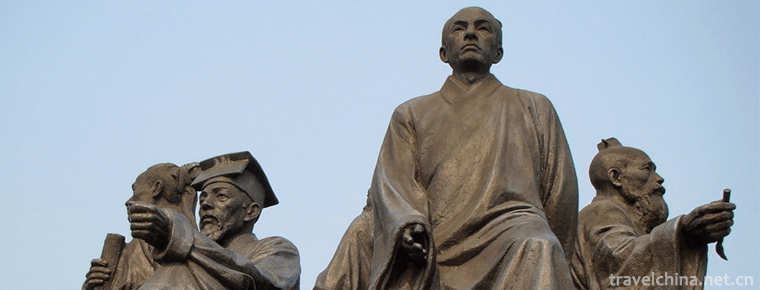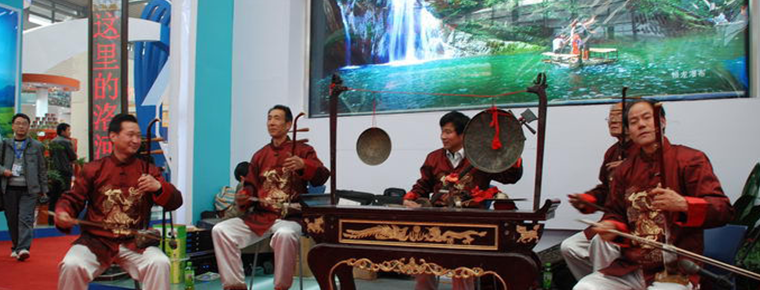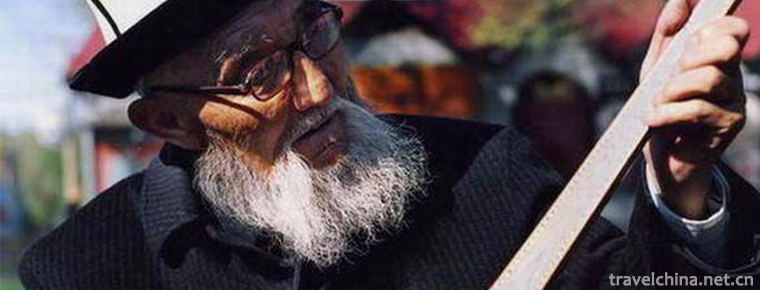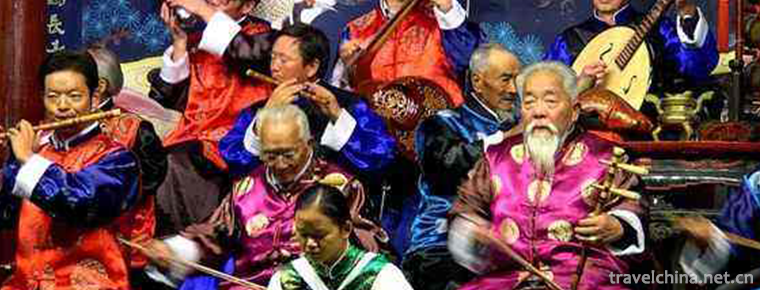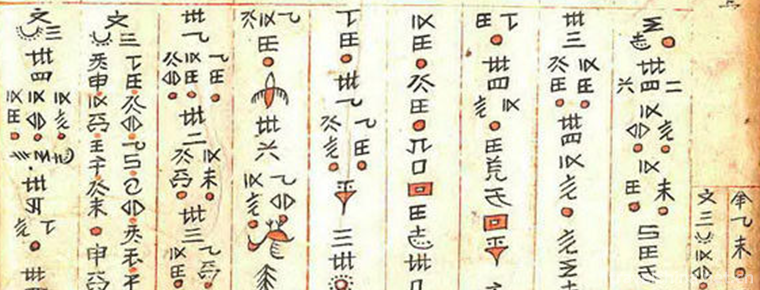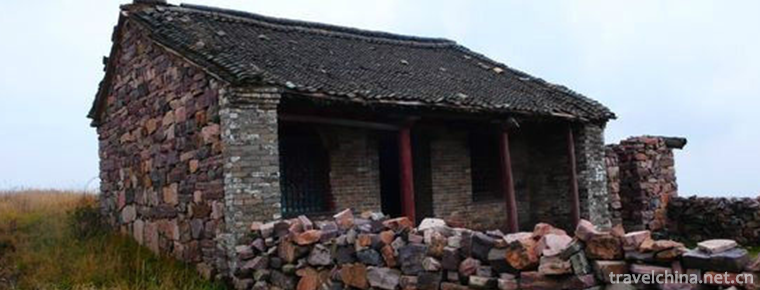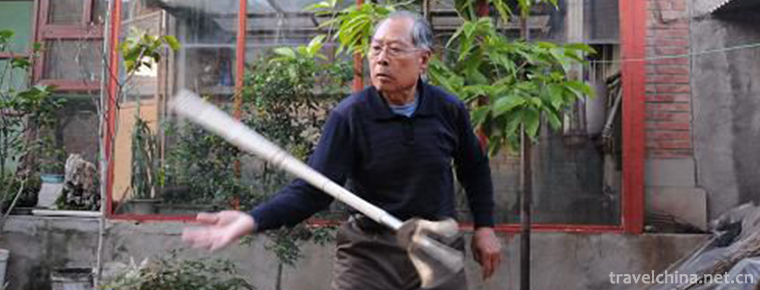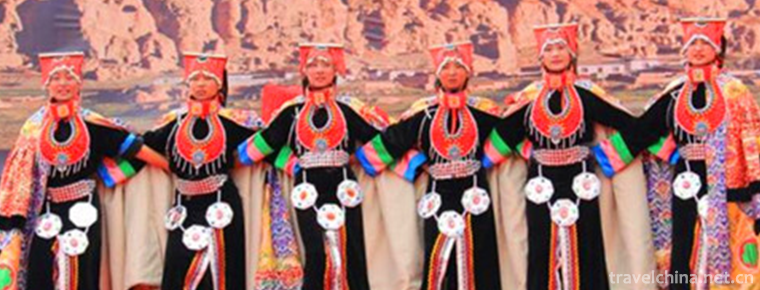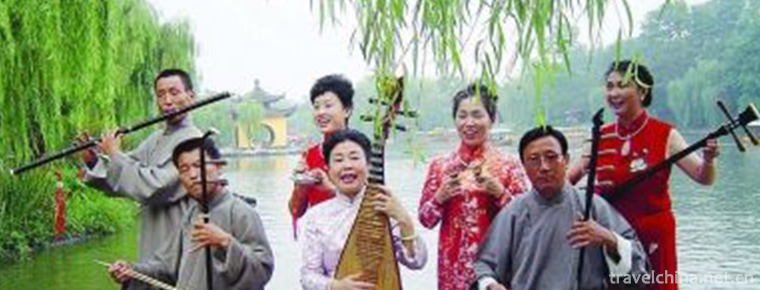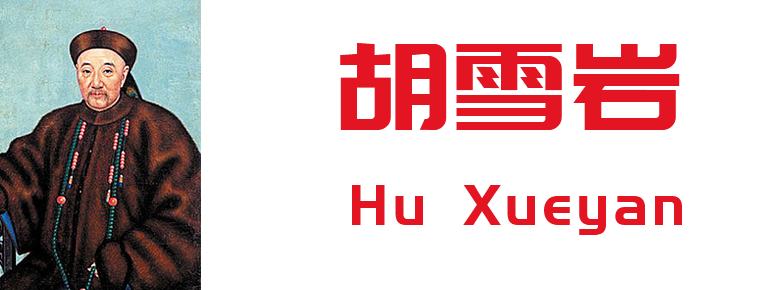Guo Moruos Former Residence in Beijing
Guo Moruos Former Residence in Beijing
Guo Moruo's former residence is located at No. 18, Qianhaixi Rim, Xicheng District. Originally a garden in Heling in Qing Dynasty, it became the forage yard and stables of Yixian Mansion of Prince Gong. During the Republic of China, the descendants of Prince Gong sold the Royal Palace and gardens to Furen University, where they sold them to Darentang Yuejia Pharmacy as their homestead. In October 1963, Guo Moruo lived here until his death on June 12, 1978. Mr. Guo Moruo spent the last 15 years of his life here.
Personal introduction
Guo Moruo (1892-1978), from Leshan, Sichuan. Writers, poets, playwrights, archaeologists, paleographers and social activists.
Brief introduction of former residence
The former residence is a large courtyard with a wooded mound inside the gate. The five North rooms in the second gate are its studio and meeting room. The East ear room is the bedroom, and the East and West rooms are three. It is surrounded by corridors with closed corridors leading to the backyard. In addition, there is a cross-hospital in the east, where Guo Moruo kept a large number of manuscripts, books and other precious cultural materials. There are Ginkgo biloba and peony planted by Guo Moruo and his wife, among which the "mother tree" is the most distinctive.
Walking into the courtyard, on the lawn is a bronze statue of Mr. Guo Moruo, with a pleasant look, like a rest, but also like meditation. Through the flower gate, it is a two-way courtyard consisting of East and West compartments and two rows of main rooms. The corridor and warm corridor are connected into one. Faced with the five main rooms, Mr. Guo's bedroom, office and living room are displayed as they are.
Personal achievement
Since the May 4th Movement, Mr. Guo Moruo has been active on the front of culture and Science in China. He has made remarkable achievements not only in literature, art, history and ancient philology, but also in an inspiring social activist. According to this main line, through Guo Lao's manuscripts, works, historical pictures and other exhibits, this exhibition introduces his achievements in different fields of poetry, drama, literary theory, ancient writing and ancient social studies, as well as calligraphy art in different historical periods. It also introduces his historical achievements in various stages of the New Democratic Revolution, as well as his achievements in Science after the founding of New China. The immortal contributions of the front of learning culture and education, international exchanges, peace movement and so on. In order to enable the audience to have a deeper understanding of Guo Lao, the special exhibition room will also introduce Guo Lao's achievements in various academic fields or different historical periods.
Traffic information
Take No. 111, No. 107, No. 118 trams or No. 13, No. 701 buses to Beihai Beimen Station. You can also take Metro Line 6 to get off at Beihai Beimen Station.
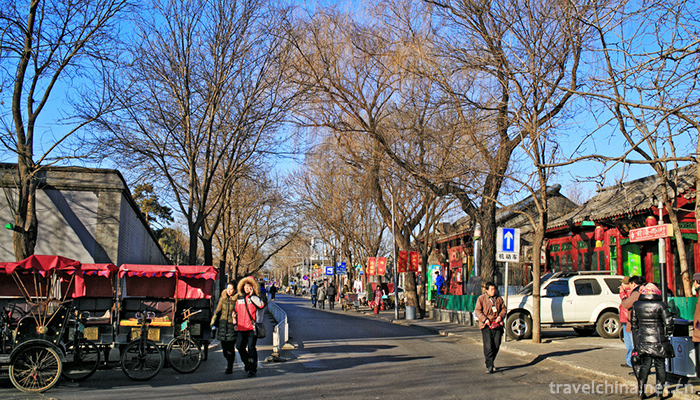
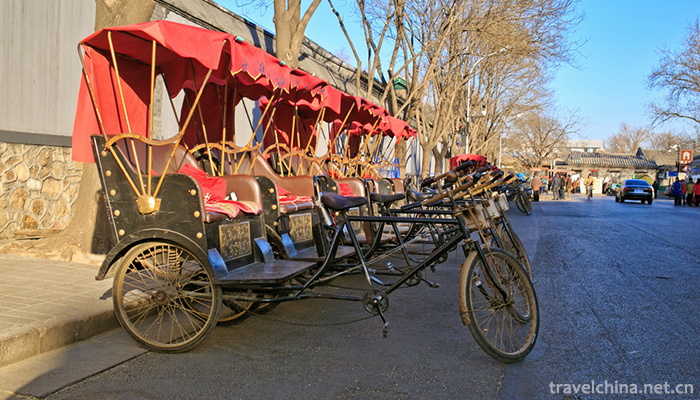
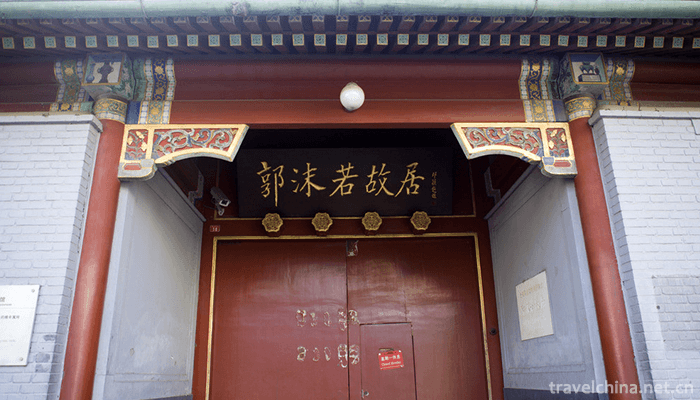
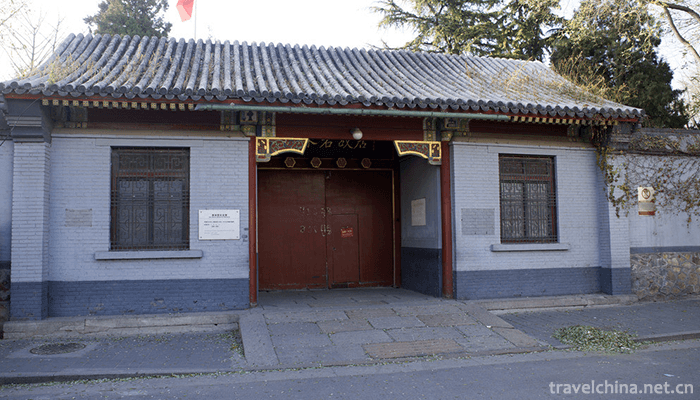
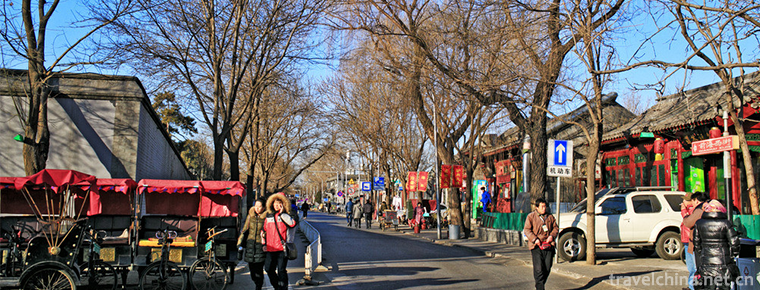
Guo Moruos Former Residence in Beijing
-
Shigu Academy
Shigu Academy, located in Shigu Mountain, Shigu District, Hengyang City, an important city in central and southern Hunan Province, is the birthplace of Huxiang
Views: 220 Time 2019-02-08 -
Luonan Jing Blackboard
In 2011, Luonan Jingbanshu was approved by the State Council and listed in the third batch of national intangible cultural heritage list. As early as in the Daoguang period of the Qing Dynasty (around
Views: 143 Time 2019-05-15 -
Manas
Manas, the traditional folk literature of Kirgiz Autonomous Prefecture in Kizlesu, Xinjiang, is one of the national intangible cultural heritage.
Views: 243 Time 2019-05-16 -
Baisha Xile of Naxi Nationality
Naxi Baisha Xile is also known as "Xiaoli at breaking time", "Xiaoli at breaking time", "Xili at breaking time", "Xili at breaking time" and "Xie Li at bre
Views: 258 Time 2019-06-06 -
Shiwan Ceramic Sculpture Technology
Shiwan pottery sculpture has a long history. It first appeared in the Eastern Han Dynasty. It reached its peak in the Song Dynasty. After the founding of New China, the manufacturing level and artisti
Views: 163 Time 2019-06-15 -
Shui Shui Custom
"Shuishu" is a prototype written by the ancestors of the Shui nationality of the minority nationalities in Southwest China. Shui Shu custom is the formation, development and inheritance of S
Views: 214 Time 2019-06-15 -
The Legend of Shun
Shun was born in Zhufeng Village, Yongji County. His surname is Yao and his name is Chonghua because of his double pupils. Soon after his mother gave birth, he died. His father married a stepmother an
Views: 142 Time 2019-06-16 -
Suqiao Flying Fork Club
Suqiao Flying Fork Club, also known as Yun Fork Club, is a local traditional acrobatics performance popular in Wen'an County, Hebei Province. The performances mainly consist of ancient forks, drums, c
Views: 350 Time 2019-06-17 -
Xuan dance
Xuan is the Xiangxiong language. The earliest name used by Yongzhong Ben religion of the ancient Xiangxiong Buddha is "Xuan" dance. Xuan has more profound and profound implications. Xuan is
Views: 167 Time 2019-07-09 -
Yangzhou Qingqu
Yangzhou Qingqu, also known as "Guangling Qingqu" and "Weiyang Qingqu", is a form of Musical Singing developed on the basis of popular songs and minors popular in Yangzhou during t
Views: 151 Time 2019-07-10 -
Hu Xueyan
Hu Xueyan (1823-1885), Hu Guangyong, the younger name, Shun Guan. Xue Yan, born in Anhui Huizhou Jixi He moved to Zhejiang when he was 13 years old. Hangzhou Famous in modern China red top A politicia
Views: 109 Time 2019-09-07 -
China Foreign Affairs University
China Foreign Affairs University is a small scale, high level and distinctive foreign ministry's sole institution directly under the guidance of serving the cause of China's diplomacy and cultivating
Views: 185 Time 2019-11-29
